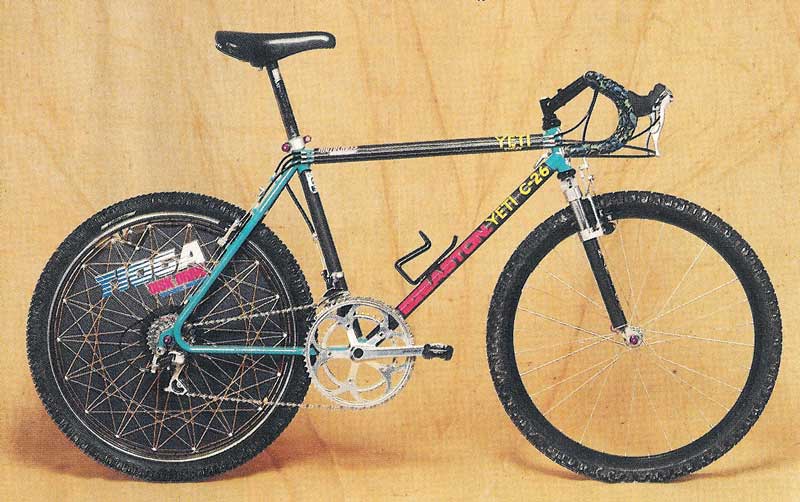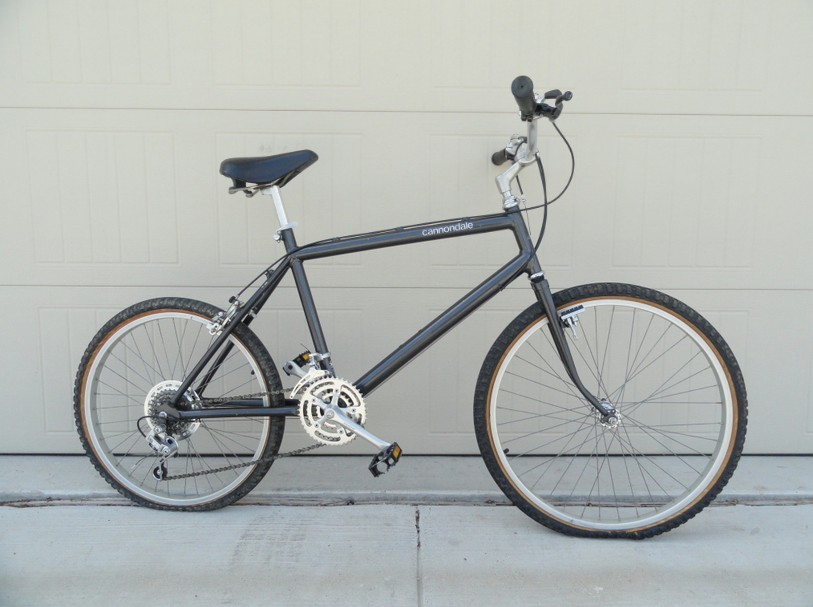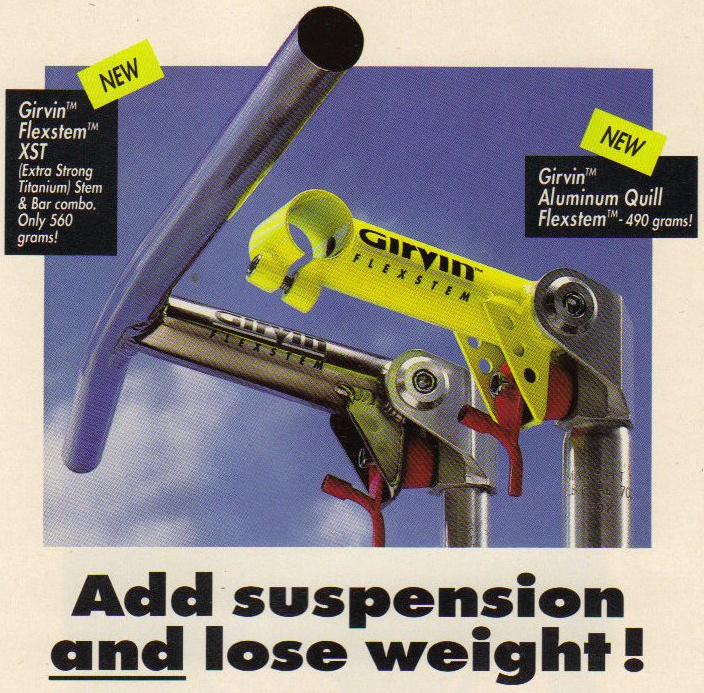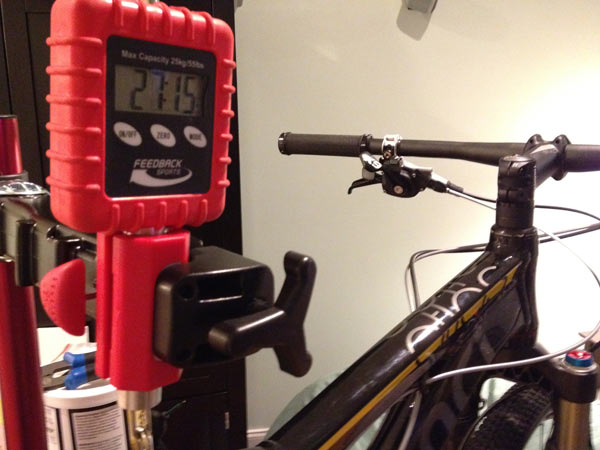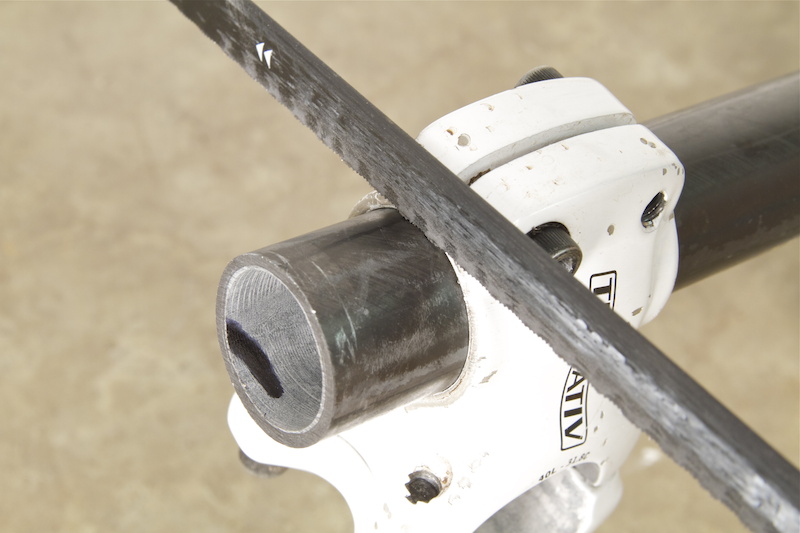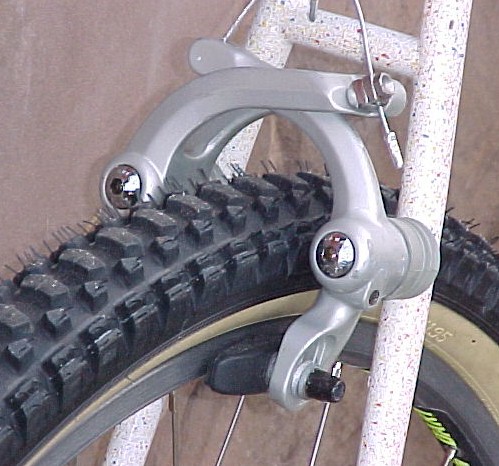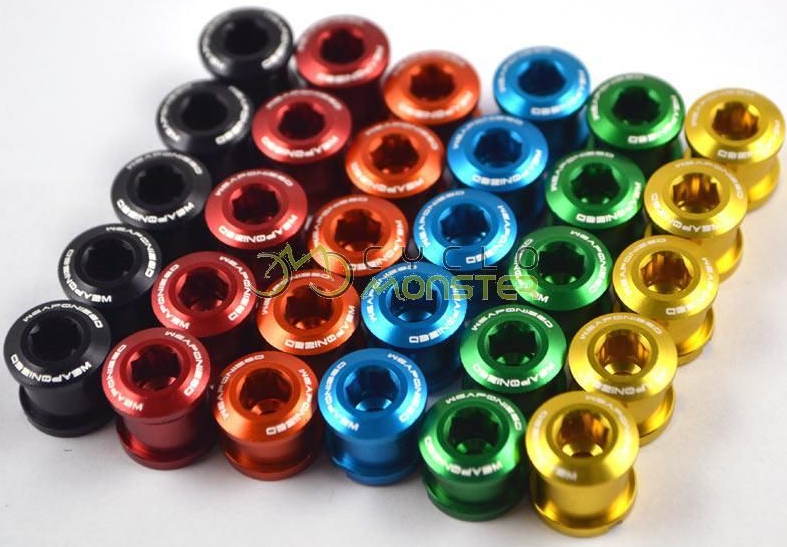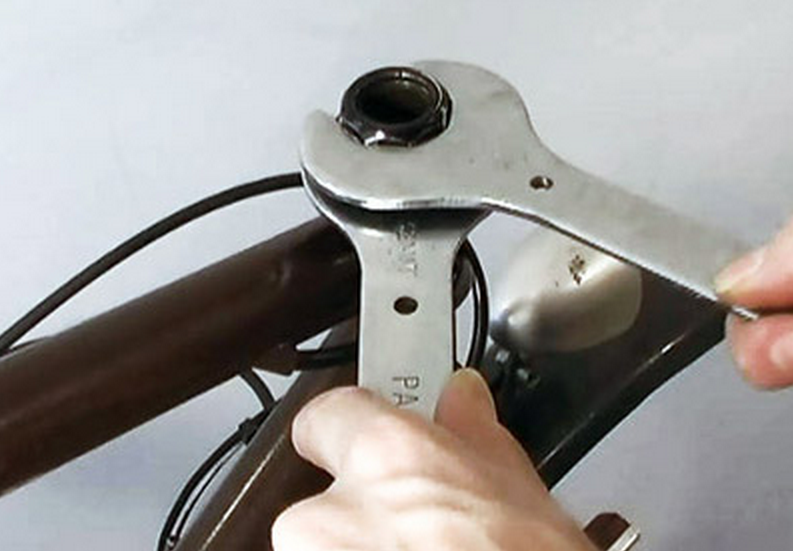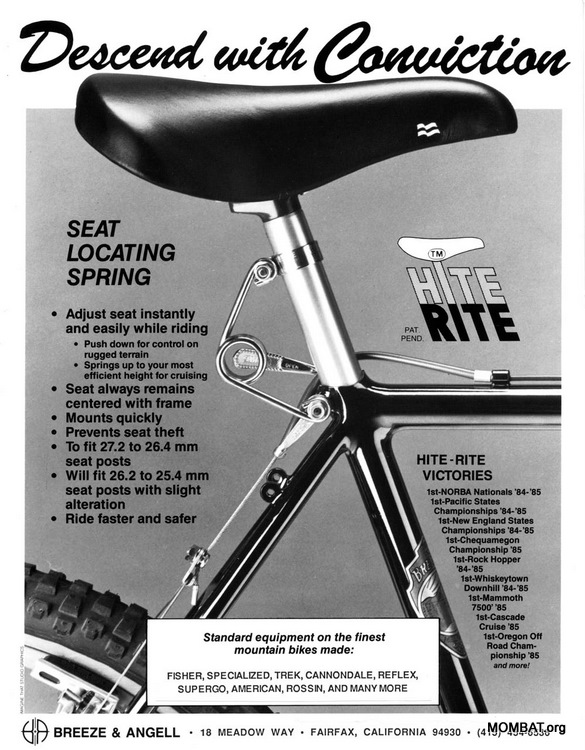One current trends is dropper seat posts, but they’re nothing new. It’s just that these days they’re far more sophisticated than the option we had back in the day.
“There was no guarantee your seat would be back in the right place or even straight when you let it raise…”
We simply had a quick release on the seatpost clamp and would stop and move the post up and down as needed. Then some bright spark in the USA came up with the Hite-Rite.
It was basically just a scissor spring, one end of which fitted the seat post quick release and the other bolted to a clamp around the seat post itself. When you wanted to drop the post you opened the quick release, and in theory at least, the saddle would drop out of the way when you put your weight on it.
Shut the clamp, ride that tricky section, undo the clamp and up slides the seat. Unfortunately it only worked if your post was well greased and there was no guarantee that your seat would be back in the right place or even straight when you let it raise.
You May Also Like
These 10 Things Will Get You Stoked For Winter Mountain Biking…
The Biggest Underground Bike Park Ever Is Opening Next Month… And It Looks Insane
